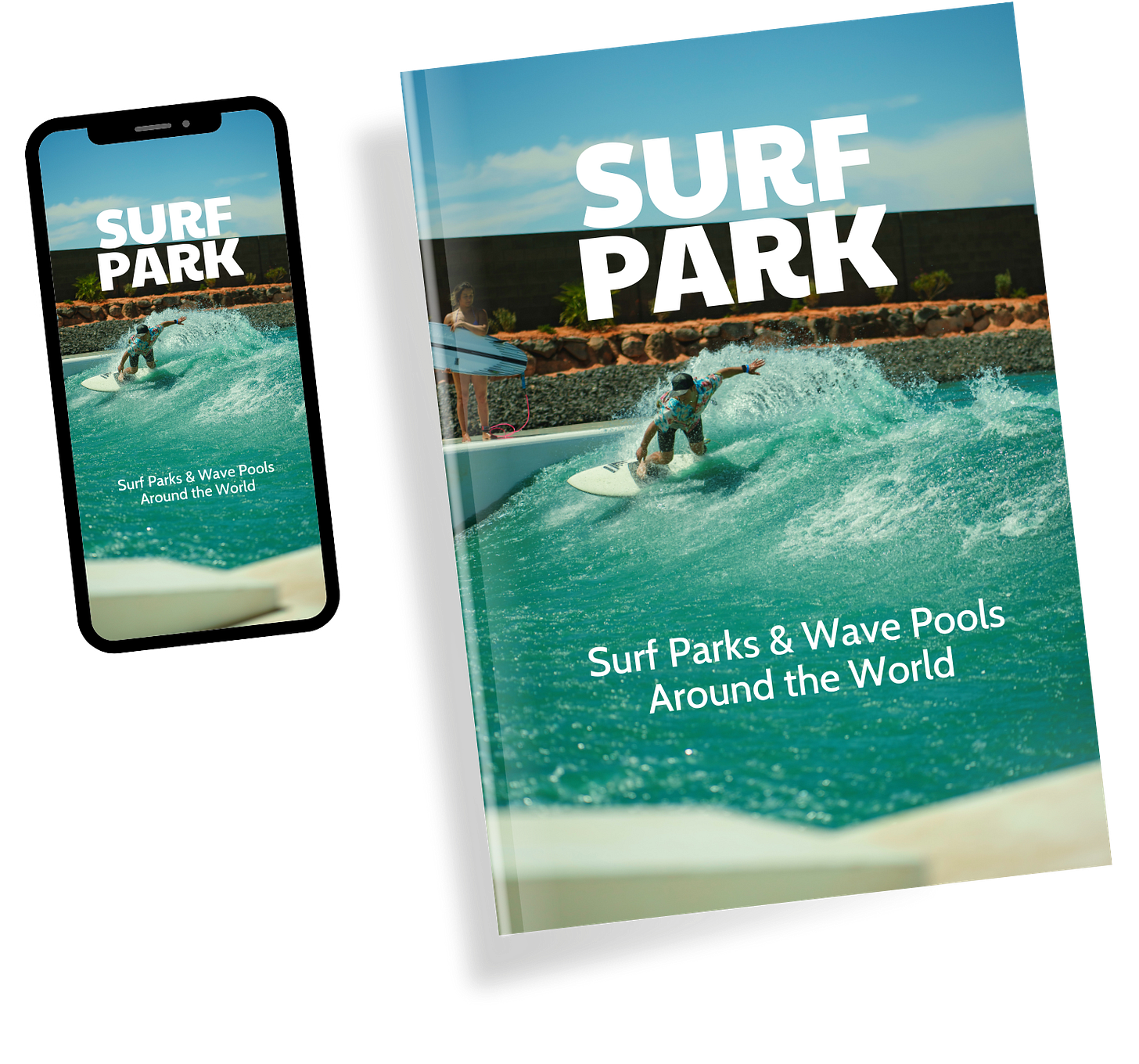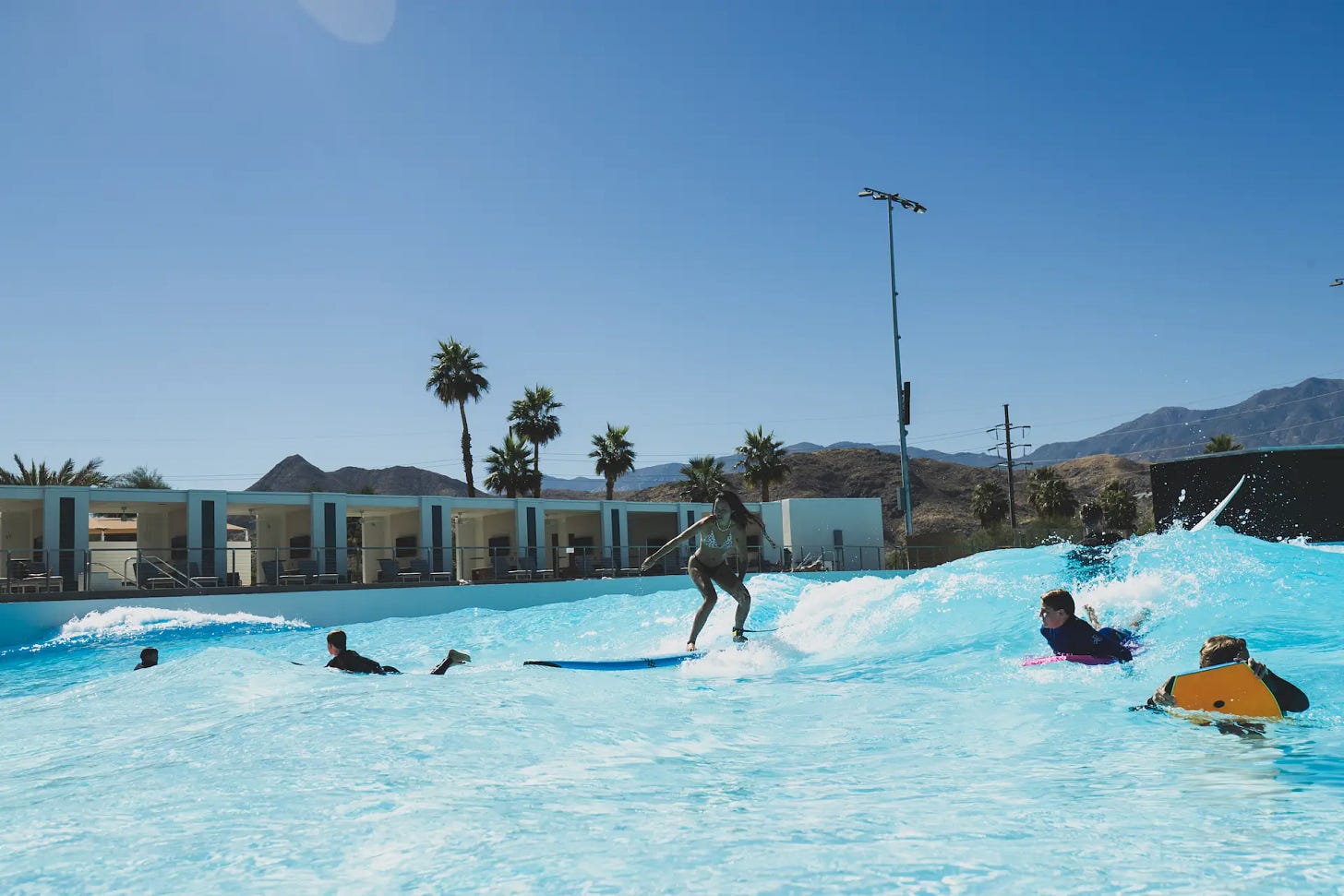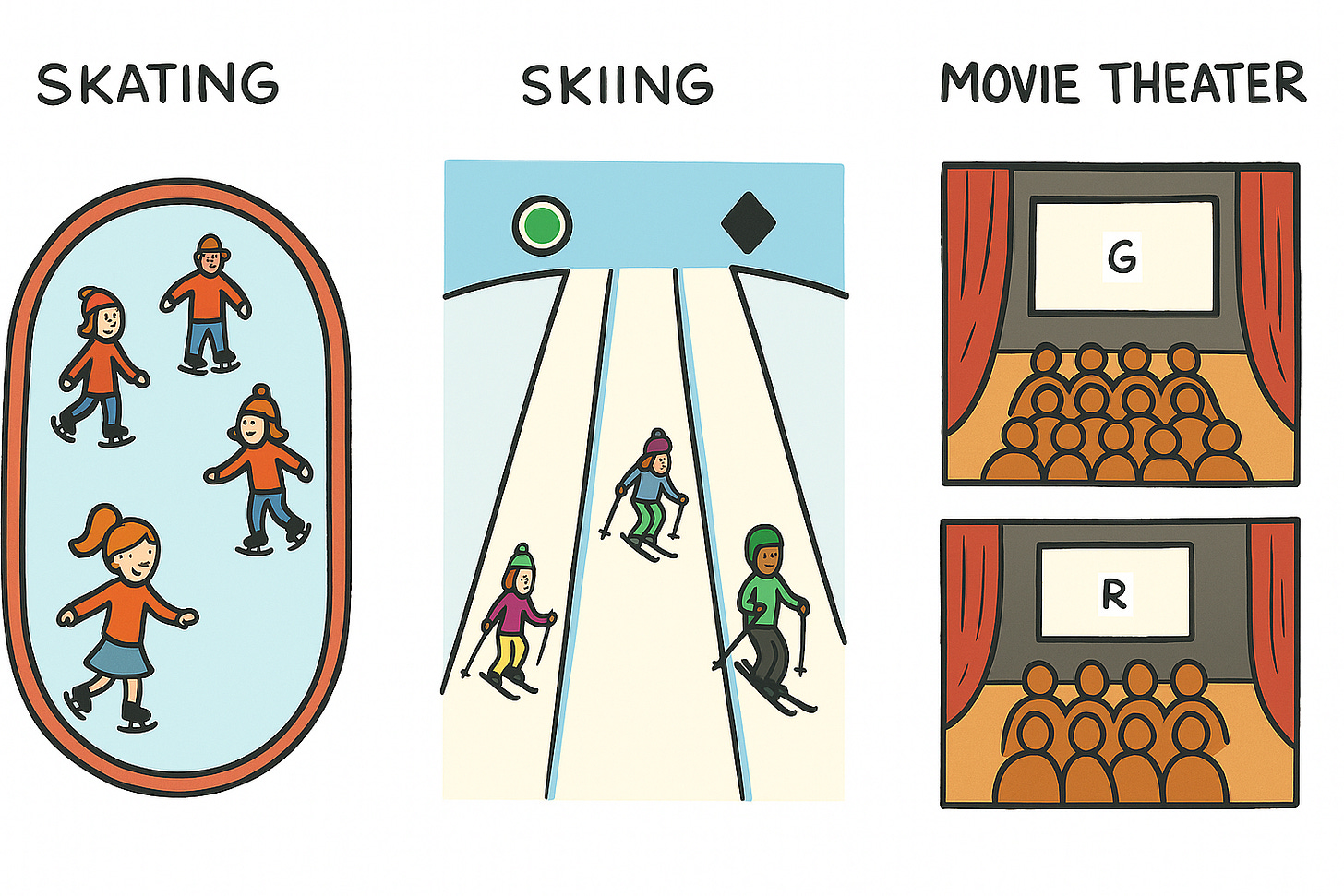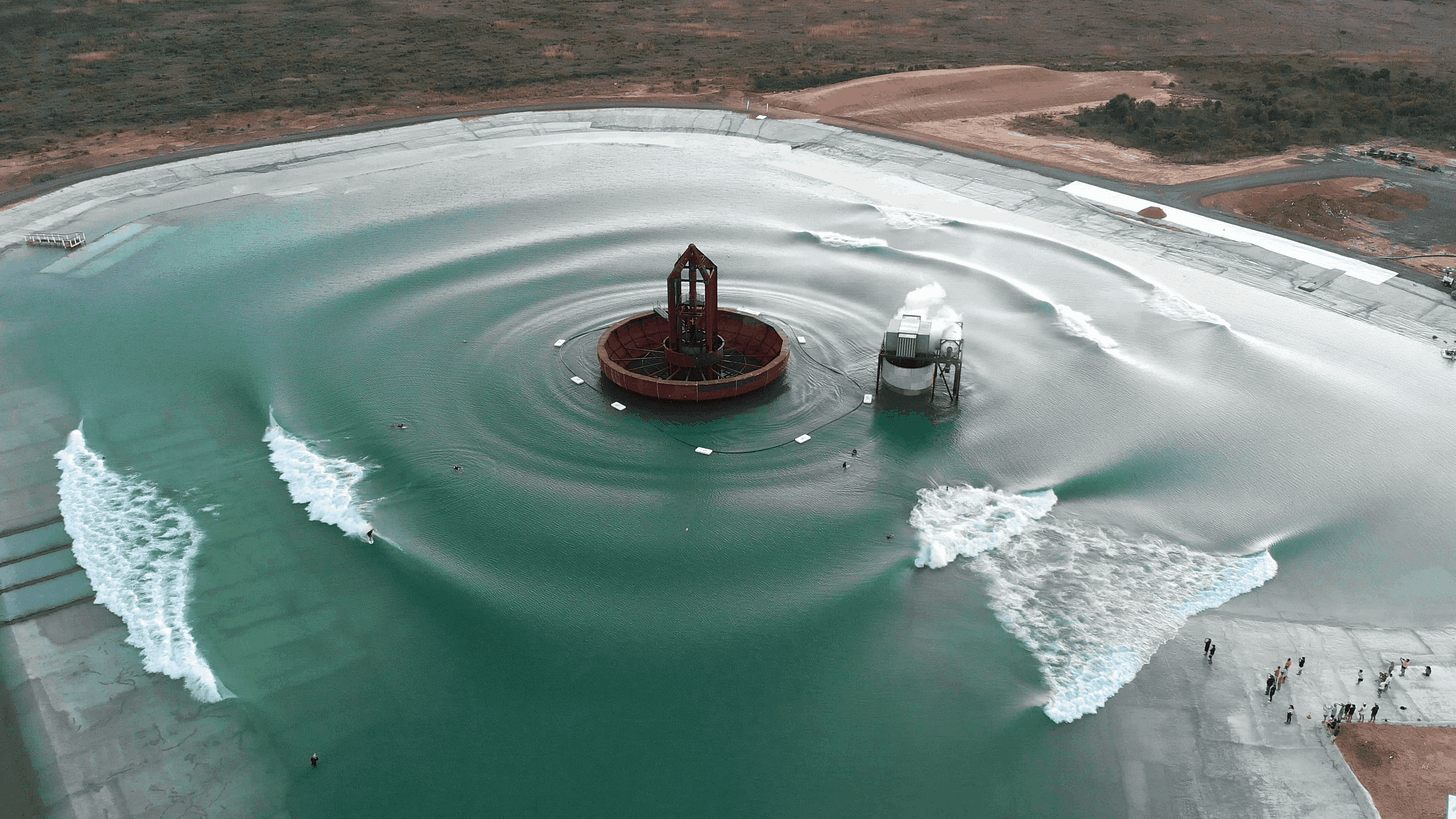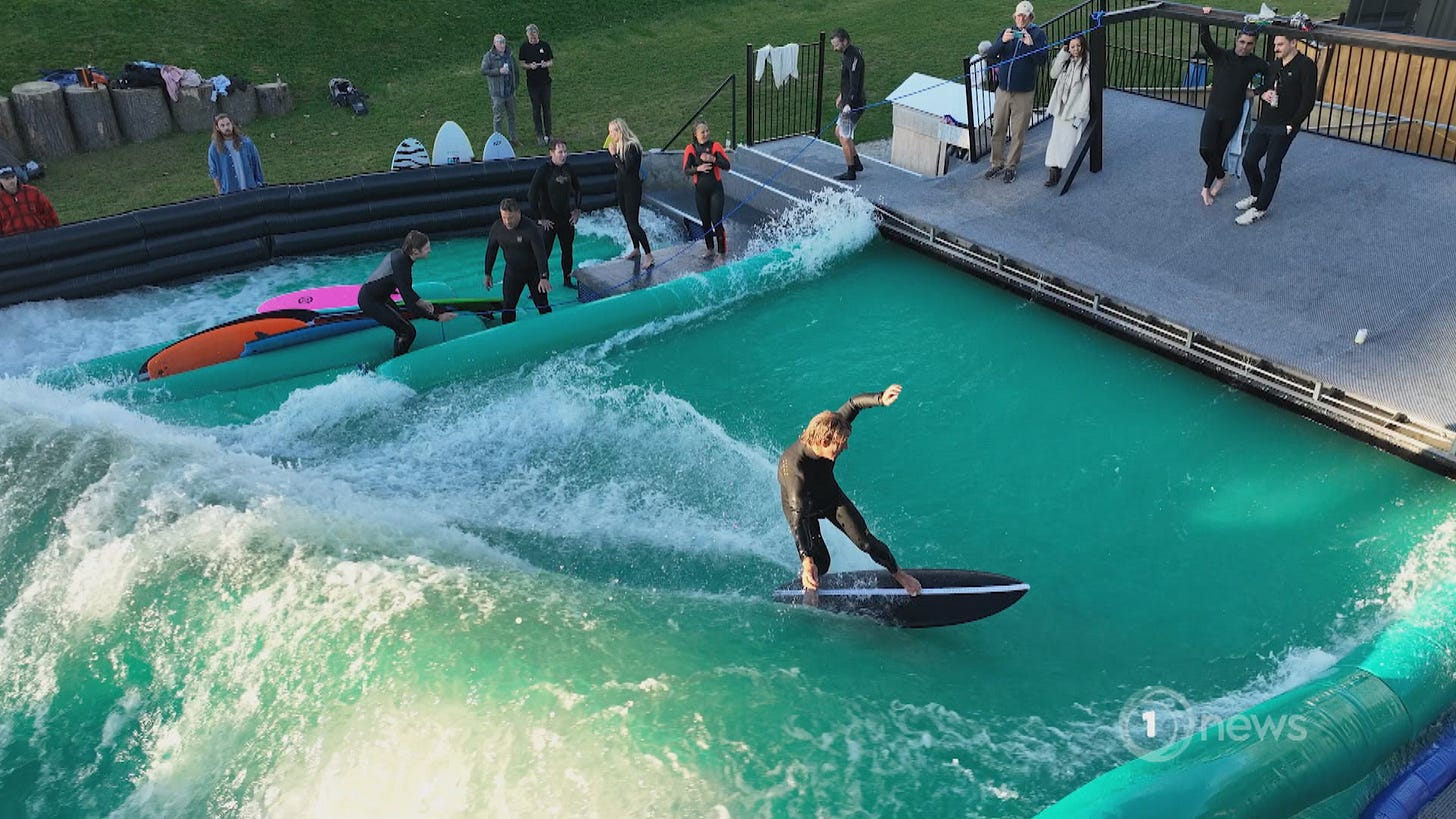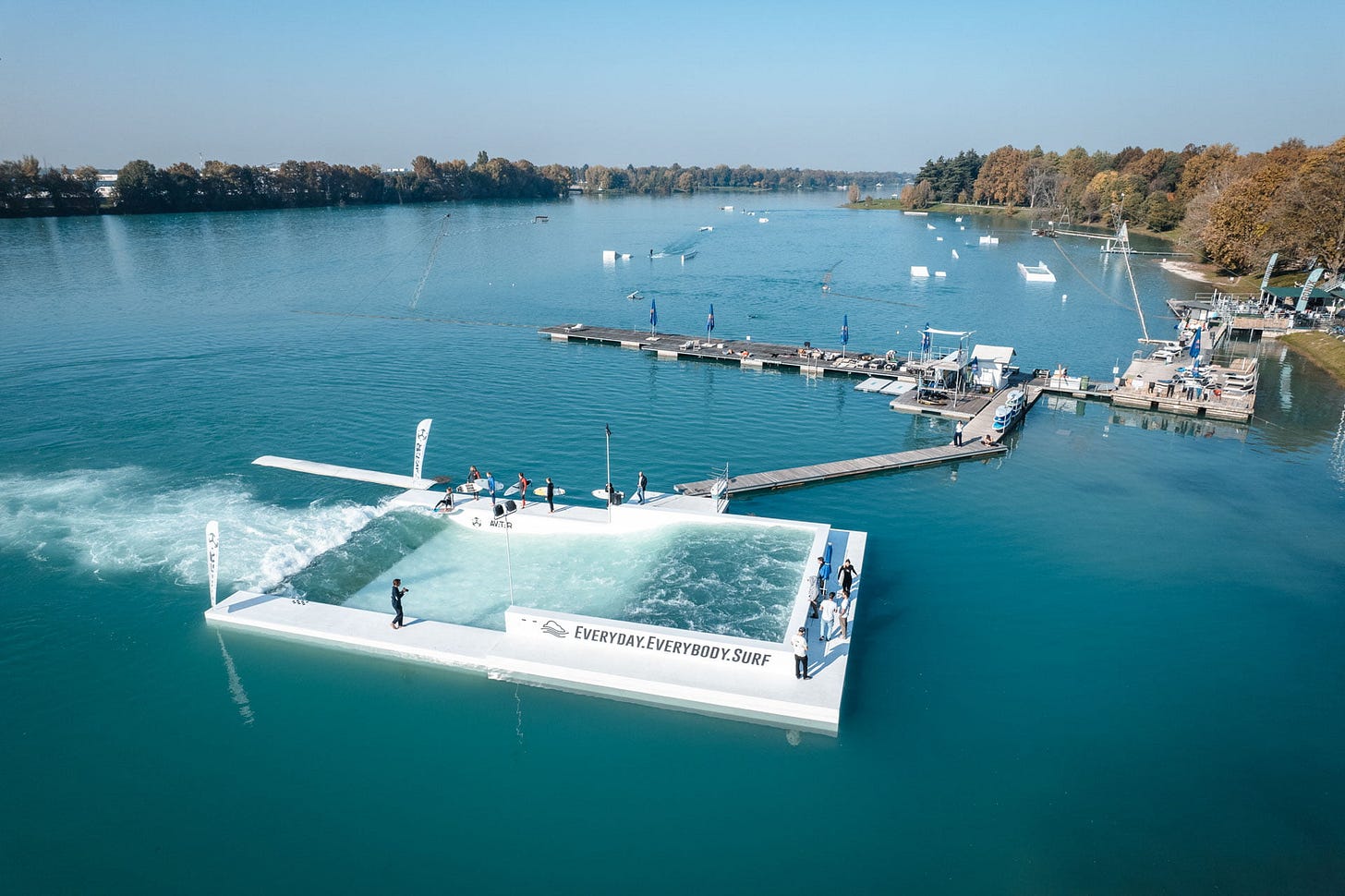The Truth About Your Wave Pool Choices
Spoiler, it's not about how cool the waves are! It's not even about the cost to build. The choice of wave pool must consider operational complexity and money making potential. Here's what I mean:
Just because surf parks are new doesn’t mean they are that dissimilar from other recreational venues, which have existed for centuries. In modern day, recreational spaces and experiences have been refined and perfected by brands from your local Mom & Pop, to Topgolf, to Disney World. A lot of what a surf park requires from an operational standpoint is what any one of these venues requires:
Way finding
Parking
Check-in process
Seating
Bathrooms
Food and beverage
Systems for payment
Help kiosks or attendants
Staff areas
Maintenance and cleaning process
There are also a set of things that activity based venues like surf parks will have that others may not:
Training, coaching, safety briefings, or other forms of instruction
Rental process
Machine and/or equipment rooms
Lockers for your belongings
Changing areas
So now you may be wondering, what are the new and different parts of a surf park operation?
Operations at a surf park are strongly tied to the wave pool technology installed at the park. It is a major consideration that makes surf parks a little different and a little more challenging than most recreational venues. In the next section we’ll explain capacity by introducing the key concept of “wave hours” and discuss the unsolvable scheduling problem.
(This is article is an excerpt from the pre-release of our book Surf Park: Surf Parks & Wave Pools Around the World.)
Capacity: Understanding wave hours
Most traveling wave pools are programmable. The pool has the ability to produce different types of waves in the same space at different times. This is good and bad. It means that the same space can cater to visitors of different skill levels--from beginner to the best in the world. But it also means that only visitors who meet specific skill levels can utilize the space within the same session time. For example, the Surf Loch wave pool at Palm Springs Surf Club may be able to run intermediate level waves and also accommodate first-timers in the bay, but it can not run both intermediate and advanced waves at the same time.
To understand the uniqueness of this, think of a skating rink. The same space accommodates any skill level all at once. The opposite of that is a ski resort where each slope accommodates a single skill level. Traveling wave pools tend to be in the middle, more like a one-room movie theater: some movies are appropriate for multiple ages but you can only play one movie at a time, so audiences for both G-rated and R-rated movies may occupy the same space only if a G-rated movie is playing, and never if an R-rated movie is playing.
The Surf Lakes wave pool is the ski resort of the bunch. Its 360 design offers designated sections for each different skill level. These sections never move and are always available whenever the machine is on. The advantage of this is that riders of different levels can be booked at the same time, increasing the pool’s capacity and potentially increasing the venue’s revenue per hour. The downside is that Surf Lakes pools are huge and when capacity isn’t full, energy and money are being spent producing waves that get wasted and don’t generate any revenue at all.
Standing waves are quite different in that most of them operate like a bowl at a skate park. Generally only one rider uses the space at a time until they fumble or finish their run. This means that standing waves can accommodate surfers of any skill level, one at a time, but still within the same hour. While standing waves do come with the the ability to change settings for more advanced riders, in practice, most surf parks use a default setting that accommodates everyone. Also, it is not necessarily advantageous to even allow surfers of all skill levels in the same session. Beginners who fall more often may have less time on the wave, or perhaps require more time on the wave as they get instruction. Advanced riders may desire more reps or spend more time on the wave because they fall less frequently. These are details that greatly effect customer enjoyment and safety.
YourWave is a standing wave technology that makes programmability a true point of difference. It changes shape on the fly in order to create different waves not only for different skill levels but also for different riding styles. These wave shapes can be changed in a matter of minutes making it reasonable to offer a different wave for each rider within a session block. This has the potential to increase customer experience, and make the operation less complex.
Surf park developers and operators must think about capacity, energy, revenue, and customer experience in a holistic way. The unit of measurement that aids in this comprehension is “wave hours” (thanks to The Break Surf and Stay for introducing us to this term). Wave hours are the number of hours that people are riding waves in the pool. We categorize them as wave hours available or consumed. Different wave pool technologies allow for a different number of wave hours available.
When running a single advanced session at Atlantic Park Surf in Virginia Beach, there may be 34 wave hours available if their operation of their Wavegarden Cove pool can accommodate a maximum of 17 surfers on each side. If they were to run both an intermediate and beginner session as the same time it may be more like 40 wave hours available. However there might only be 20 wave hours consumed, i.e. 20 surfers in the pool at the same time, on a given Tuesday afternoon.
Though wave hours provide a helpful high-level framework for thinking about surf park usage, each wave hour is not made equal. In the material sense, they cost a different amount to produce and purchase. In a qualitative sense they can have different impacts for example if the hour consumed is by a first-time visitor or a monthly member.
Scheduling: The unsolvable problem
The complexity of wave hours is a key contributor to one of the biggest and earliest operational challenges of surf parks: scheduling. Managers and directors at the parks have to determine what session skill level to run each hour throughout the day, week and year, in an effort to maximize wave hours consumed. That also directly affects their staffing needs so scheduling has complexity on two sides.
As you would probably guess, there are many more people, particularly beginners and casual surfers, who want to surf during warm seasons and far fewer who are motivated to do it when it is cold. So surf parks use the colder times of year as an opportunity to accommodate visitors who are more advanced and do maintenance. This is like most other seasonal businesses. Customers may have difficulty finding availabilities because there are certain days and times that everyone wants. Venues have difficulty sustaining revenue because there are certain days and times that no one wants.
In the U.S., summer has its advantages for staffing too. It can be easier to hire from the mass of students who are on break from school. While students can make fantastic service industry employees, the downside is that they may not be the most experienced or reliable.
In some areas, summer is way too hot for most people to want to visit the venue at all. The peak season shifts to spring and fall and availability of U.S. students can’t be taken advantage of to the same degree. Some venues may then have the opportunity to recruit students internationally who would be on their own academic break. This is common at U.S. ski resorts.
Time of day is also an important consideration. Who is going to want to surf at 7am on a Friday? What about 3pm on a Saturday? And who would be available to surf at 11am on a Tuesday?
Scheduling is a best effort activity. It can never be perfect it can be optimized through experience and experimentation. This means things may be a bit unpredictable for customers and employees when a park first opens. This was one of the first challenges Wakeparadise Milan overcame for their standing wave. They needed to determine when to turn their machine on and off.
Scheduling matters because it is a key part of how parks pay their expenses and ensure positive customer experiences. Running waves is expensive so parks want to maximize the revenue they can make every time they turn the pool on.
Capacity and scheduling just graze the surface of surf park operations. In the Surf Park book we will dive further into hiring, management, maintenance, safety, and customer success.
Get your copy of the pre-release, which covers all of the above and more, by pre-ordering below. Thank you!



